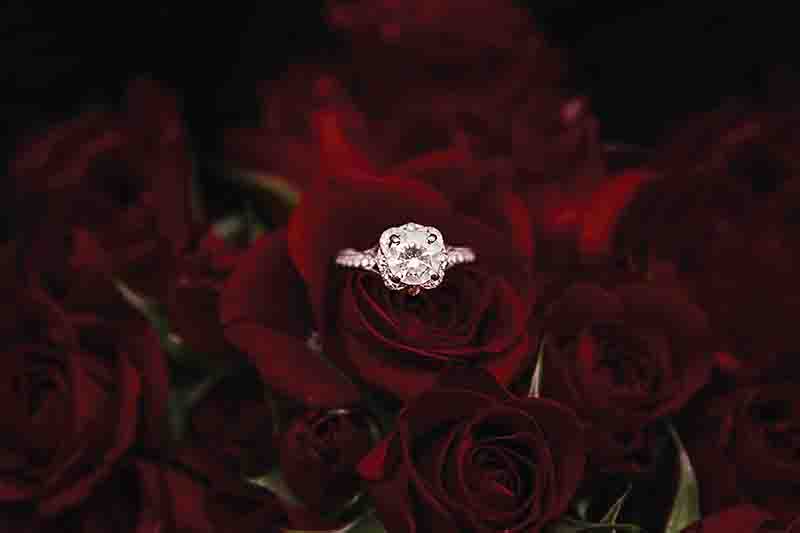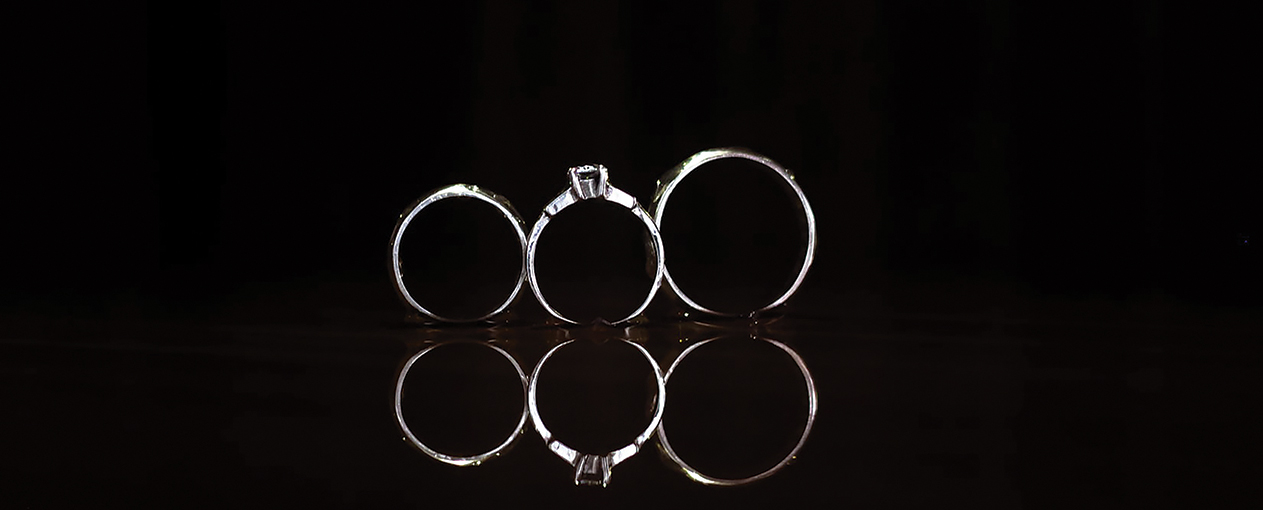Art Deco jewelry is by and large “white jewelry” consisting of white metals such as Platinum. Platinum was first used in jewelry at the end of the 19th century, and with the advancement in technology that allowed platinum to be easily worked. Platinum, which could be manipulated to create fine and durable settings that, unlike silver, did not tarnish.
Around this time, the technology for diamond cutting also improved, so jewelers were able to achieve various geometric cuts. This was an opportune moment to create beautiful jewelry that was inspired by cubism. Art Deco is known for its clean lines and simple shapes were juxtaposed to create beautiful compositions.
While a lot of jewelry from this period was black and white — the black coming from the use of onyx or black enamel and the white from rock crystal and diamonds, there is plenty color in Art Deco jewelry. A perfect accent to diamonds in platinum settings included blue sapphires, emeralds and rubies and these stones were also used in combination with each other. Many designers employed coral, jade and lapis Lazuli too.
Designers also incorporated machine parts, such as ball bearings, into their designs. For them, jewelry was more than adornment; it was part of the art world. In his 1931 book, Jewelry and Gold, Fouquet fils wrote that “jewelry and gold pieces must be works of art while also responding to the same needs as industrial objects.” Fouquet was well known in the world of jewelry, and many of his designs were inspired by African art, another major influence on the Art Deco period.
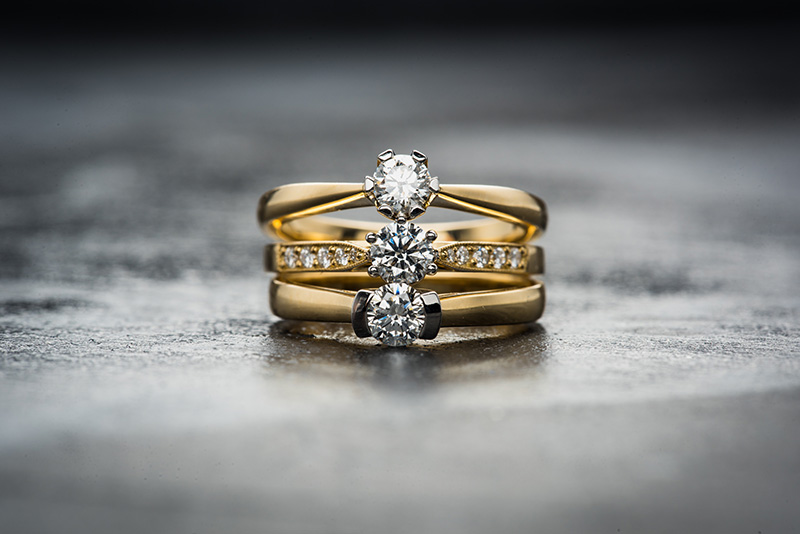
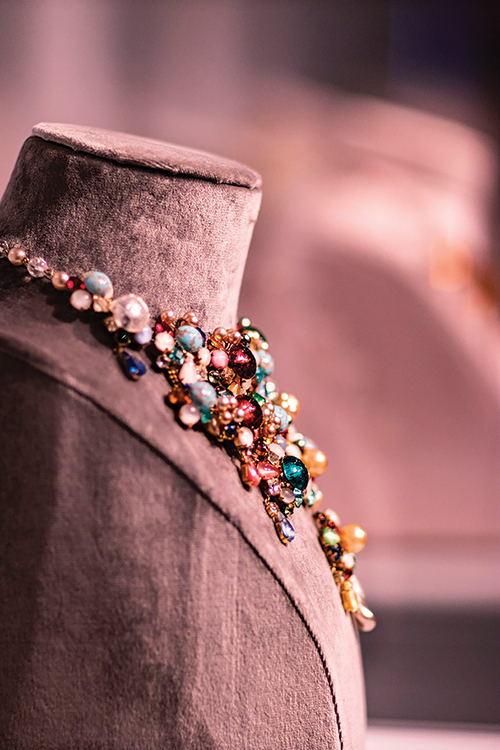
A lot of the jewelry produced during this time nodded to current fashion trends, and women often accessorized their accessories. The cloche hat was often accented with geometric diamond brooches or double-clip brooches. Backless evening dresses looked fabulous with sautoir necklaces, and long pearl necklaces that ended with tassels, popular during the Edwardian period, were favored by women everywhere, including Coco Chanel.
Dresses with short sleeves required bangles and flexible diamond-lined bracelets, and while some women opted for single-strand diamonds on platinum. In addition to bracelets, women wore watches of all kinds, from wristwatches to long-chained pendant watches to lapel watches. The clock became a popular objet d’art, with some of the most astounding creations being made by Cartier. Finally, with the wrists, necks and ears covered, the only spot that needed to be dressed up were the fingers. Women went gaga for cocktail rings.
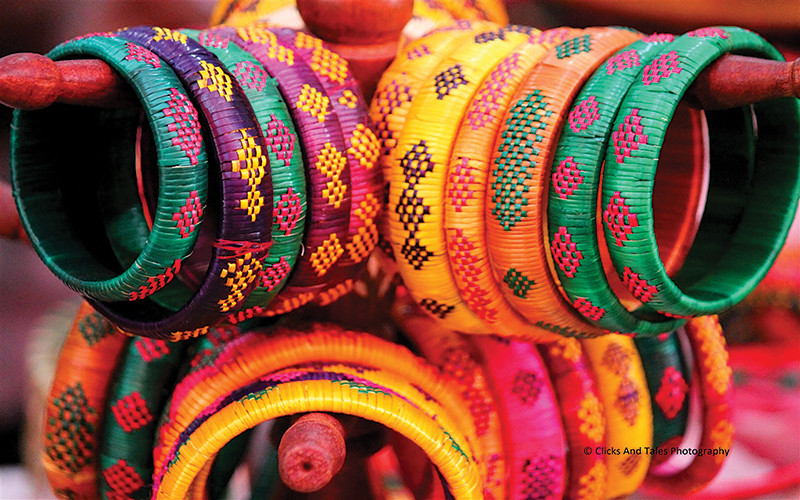
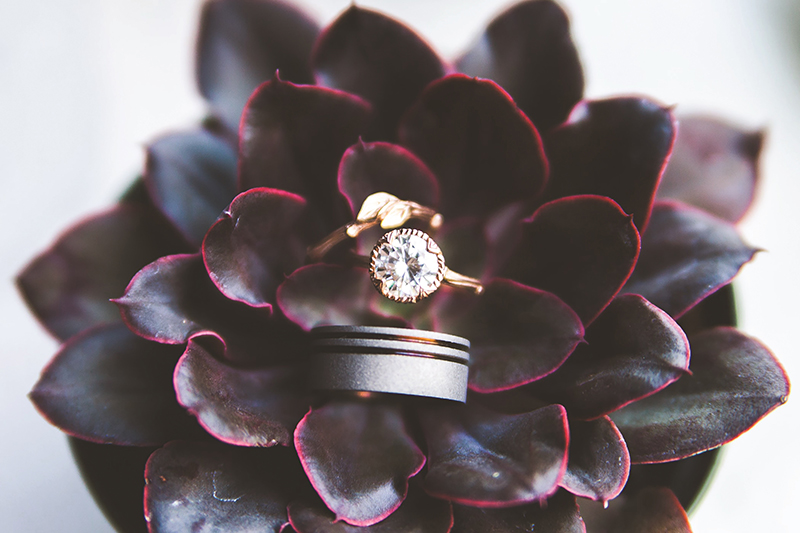
The Art Deco jewelry in South Asia became popular at the opening of the twentieth century. It was an inspiration to the jewelers of the 1920’s both stylistically and chromatically. Carved gemstones, were used as part of jewelry in the form of flowers, leaves, fruit and other colorful accents. Design motifs were also drawn from Islamic art with its stylized forms and colorful accents. Persian motifs included flowers, plants, and arabesques rendered sumptuously in emerald and sapphire. Chinese dragons and architectural motifs along with Oriental coral and pearls turned up extensively in Art Deco designs.
The Art Deco style in jewelry lasted through the 1930s, and it was only in the 1940s that there was a major shift in design. However, the Art Deco style witnessed a revival in the late 1960s, and even today jewelry designers continue to be inspired by the period.
